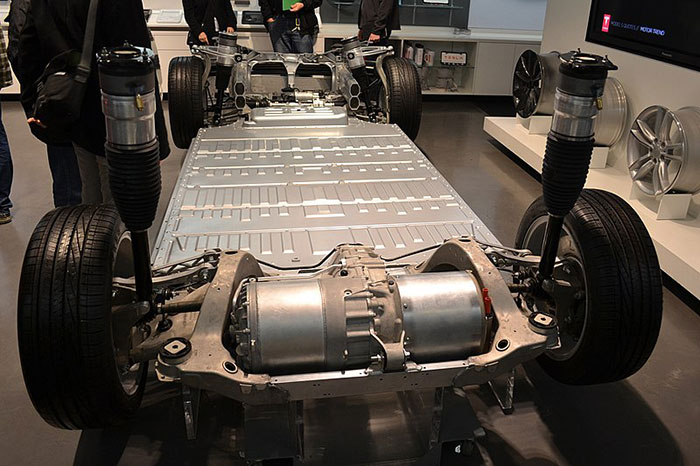
(photo: Oleg Alexandrov)
With a gas or diesel engine the engine has to spin to provide any power at all to the wheels. If you want more power then you can only add more fuel up to a point.
At some point getting more power out of an engine means you have to have the engine spin faster.
On the other hand, the faster the engine is spinning the more energy goes into just making the engine spin, and there’s a limit on how fast you can get all of the countless moving parts to go through their motions. For maximum efficiency you pretty much want the engine spinning as slow as possible.
That gives a conundrum: how do you make it so that the engine can spin fast or slow when the wheels are spinning slow or fast?
The solution here is a transmission, which gives options for the ratio of the speed of the engine to the speed of the wheels.
Want lots of power while going slow? Low gears make it so the engine spins lots of times per rotation of the wheels.
Want efficient driving while going fast? High gears are the ticket.
Electric motors don’t have that issue. You can supply more or less as much current as you want (until your wires start melting), regardless of whether the engine is turning or not.
To get more power out of an electric motor you pump more electricity through it. More power than that? More electricity!
The speed that the motor is turning at has relatively little impact on how much energy you can make the motor output, so there’s much less value in having a transmission to be able to choose the motor speed for a given vehicle speed.

Theodore Lee is the editor of Caveman Circus. He strives for self-improvement in all areas of his life, except his candy consumption, where he remains a champion gummy worm enthusiast. When not writing about mindfulness or living in integrity, you can find him hiding giant bags of sour patch kids under the bed.